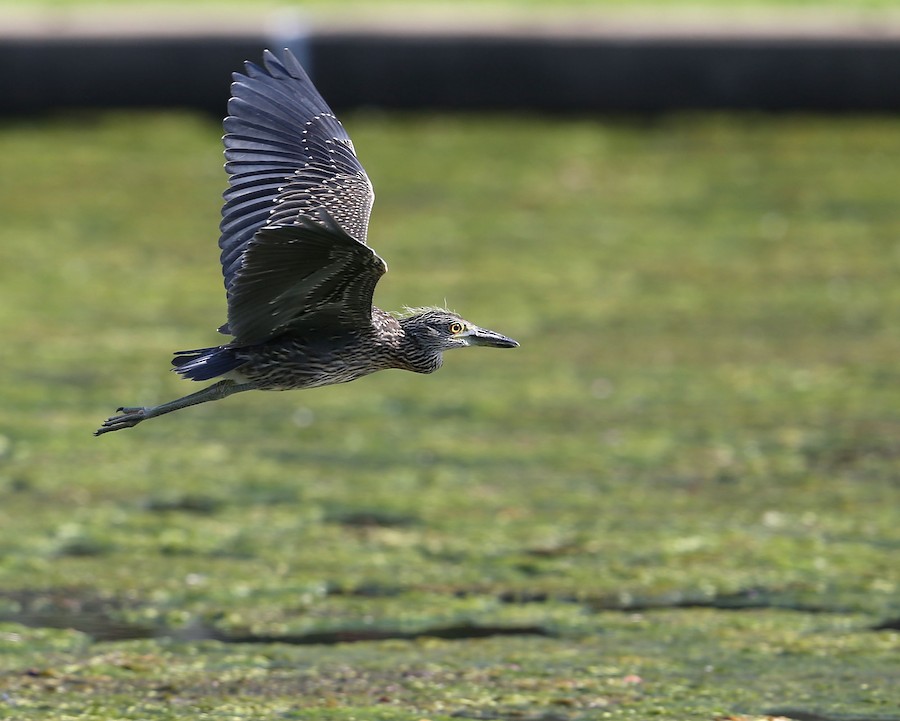By Ashley Peele

Yellow-crowned Night-Heron Nyctanassa violacea © David Gibson
If you can believe it, we are now far enough into the latter portion of the breeding season that a few early migratory species are on the move. This means, we need to start adjusting how we code the early movers on Atlas checklists. Higher level codes, especially those falling into the confirmed breeding status category still apply, but things like S, H, and P should be left off for these species.
The Atlas Breeding Guidelines charts indicates what species typically begin moving south first, but we’ve also compiled a short-list of birds that may now be dispersing away from breeding areas…
Wading Birds*: Great Egret – Great Blue Heron – Snowy Egret – Green Heron – Yellow-crowned Night-Heron – Black-crowned Night-Heron | *All wading birds on the move by mid-August.
Birds of Prey: Osprey – Turkey Vulture – American Kestrel
Shorebirds: Piping Plover, Killdeer, Willet
Terns: Least, Caspian, Gull-billed, and Common
Nightjars: all three species will be moving around the landscape
Flycatchers: Willow, Least, and Great-crested Flycatcher, Eastern Kingbird
Swallows: all species!
Warblers: Yellow-throated, Prairie, Worm-eating, Golden-winged, Black-and-white, Prothonotary, Kentucky, Hooded, Yellow, Black-throated Green, Canada, Pine Warbler, plus American Redstart, Louisiana Waterthrush, Ovenbird, Northern Parula
Other Passerines: Red-eyed Vireo, Blue-gray Gnatcatcher
Icterids: Red-winged Blackbird, Common Grackle, Baltimore and Orchard Oriole, Bobolink
So! Remember to code with caution when logging observations for these species from late July onward.
Happy Atlasing!
(Thanks to Dave Gibson for posting the beautiful shot of a Yellow-crowned Night-Heron juvie!)


